pressure vessel for gas storage
Pressure Vessels for Gas Storage: Ensuring Safe and Efficient Gas Containment
Pressure vessels for gas storage are specialized containers designed to store gases at high pressures safely. These vessels are essential across various industries, including energy, healthcare, chemical processing, and industrial gas production, where they help prevent hazardous leaks, ruptures, or explosions. By withstanding immense internal pressures, pressure vessels play a crucial role in safely storing gases and ensuring their safe transportation and use.
Depending on the application, pressure vessels can be designed for bulk and portable gas storage. Each type serves specific needs, with bulk storage vessels typically used for large quantities of gas and portable vessels designed for on-the-go use. Below, we will examine both types of pressure vessels in detail, including their specific applications, characteristics, and examples.

1. Bulk Gas Storage Pressure Vessels
Bulk gas storage pressure vessels are large, stationary tanks designed to store significant quantities of gas in industrial or commercial settings. These vessels are commonly used in manufacturing plants, hospitals, energy plants, and chemical processing facilities, where there is a continuous demand for large gas volumes.
- Purpose: The primary purpose of bulk storage pressure vessels is to store large quantities of gases at high pressures over extended periods. They ensure a steady supply of nitrogen, oxygen, and compressed natural gas (CNG) for various industrial or medical uses.
- Size: These vessels are typically massive, often holding hundreds or even thousands of cubic meters of gas. The design must accommodate high-pressure conditions and large storage volumes.
- Applications:
- Industrial Gas Storage: Bulk storage of gases such as nitrogen, oxygen, and argon, commonly used in manufacturing processes and food preservation.
- Energy Storage: Natural gas, CNG, and liquefied natural gas (LNG) are stored for energy production, fueling, and backup power generation.
- Medical Gas Storage: Hospitals and medical facilities use bulk storage tanks to store oxygen and other gases required for patient care.
- Examples: Large cylindrical or spherical tanks are typically used for bulk gas storage. These tanks are often found at refuelling stations, production facilities, or gas storage depots. For instance, LNG storage tanks hold natural gas in its liquid state at cryogenic temperatures for energy production and fueling applications.
2. Portable Gas Storage Devices
Portable gas storage devices are smaller, transportable pressure vessels designed to store and transport gases in smaller quantities. They are ideal for industries and applications where mobility, on-demand use, or flexibility are essential.
- Purpose: Portable pressure vessels allow gases to be easily transported or used at various locations, making them ideal for applications in healthcare, welding, and transportation.
- Size: Smaller and more compact than bulk storage tanks, portable storage devices are designed for transport or on-site use. They are typically more manageable and hold much less gas than bulk storage vessels.
- Applications:
- Portable Medical Gas Cylinders: These cylinders are used in ambulances, home healthcare, and emergency settings to provide patients with oxygen or nitrous oxide during transport or treatment.
- Portable Welding Cylinders: smaller cylinders used in welding or cutting applications for gases like oxygen and acetylene.
- Portable Fuel Tanks: Used for transporting gases such as CNG or hydrogen to fuel vehicles or machinery in remote or off-grid areas.
- Examples: Common examples of portable gas storage devices include compressed gas cylinders and small cryogenic tanks. These vessels are used in diverse applications ranging from healthcare to industrial production and mobile fueling.
Key Features of Pressure Vessels for Gas Storage
Pressure vessels for gas storage share several key features that ensure their ability to withstand high pressures and safe operation. Regardless of size or specific application, these features are critical for both bulk and portable vessels.
- Materials: Pressure vessels are typically made from high-strength materials such as carbon steel, stainless steel, aluminium, or composite materials. These materials are chosen for their durability, corrosion resistance, and ability to withstand extreme pressure without failure.
- Shape: Most pressure vessels are cylindrical with hemispherical ends, which provides the best structural integrity under pressure. Spherical vessels, known for evenly distributing pressure, are used for high-pressure applications, such as LNG storage.
- Pressure Rating: Pressure vessels are designed to handle various pressure levels. Some vessels store gases at medium pressure, while others are built to handle very high pressures, such as those required for CNG storage (up to 3,600 psi).
- Safety Features: Pressure vessels include essential safety mechanisms, such as relief valves, rupture discs, and pressure gauges, to regulate and monitor the pressure inside the vessel. These features are critical for preventing overpressurization and ensuring safe operation.
Common Types of Pressure Vessels for Gas Storage
Pressure vessels come in several types, each suited to specific applications and pressure requirements. The choice of vessel type depends on the volume of gas to be stored and the intended use.
- Cylindrical Pressure Vessels:
- Cylindrical vessels are the most common pressure vessel type widely used to store gases like compressed air, nitrogen, and oxygen. They are highly efficient at distributing internal pressure, reducing the likelihood of structural damage.
- Spherical Pressure Vessels:
- Spherical vessels are preferred for high-pressure applications because the spherical shape evenly distributes stress. They are commonly used for storing liquefied gases such as CNG or LPG.
- Vertical Pressure Vessels:
- These vessels are installed vertically, often in areas with limited horizontal space. Vertical vessels are commonly used for large gas volumes in constrained spaces, such as industrial plants or facilities with limited ground area.
- Horizontal Pressure Vessels:
- Horizontal pressure vessels are used in applications where stability and ease of access are more critical than space constraints. These vessels are often found in industrial facilities where large quantities of gas need to be stored safely.
Applications of Gas Storage Pressure Vessels
Pressure vessels for gas storage are crucial in a wide range of industries. Their applications are as diverse as the gases they contain.
- Medical Gas Storage: Pressure vessels store oxygen, nitrous oxide, and other medical gases used in hospitals, emergency care, and home healthcare.
- Industrial Gas Storage: Pressure vessels store industrial gases like hydrogen, nitrogen, and argon, essential for manufacturing processes and scientific research.
- Energy and Fuel Storage: CNG and LNG are stored in pressure vessels for energy production or fueling vehicles and machinery, particularly in areas without access to traditional fueling infrastructure.
- Chemical Storage: Pressure vessels store reactive gases like ammonia, chlorine, and other chemicals used in various industrial applications, including chemical manufacturing and agriculture.
Conclusion
In conclusion, pressure vessels for gas storage ensure the safe, efficient, and regulated containment of gases across numerous industries. Whether for bulk industrial storage or portable devices designed for on-demand use, pressure vessels are engineered to meet the specific needs of each application. From healthcare to energy, these vessels ensure that gases are stored and transported safely, helping industries adhere to stringent safety standards and maintain operational efficiency.

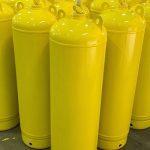


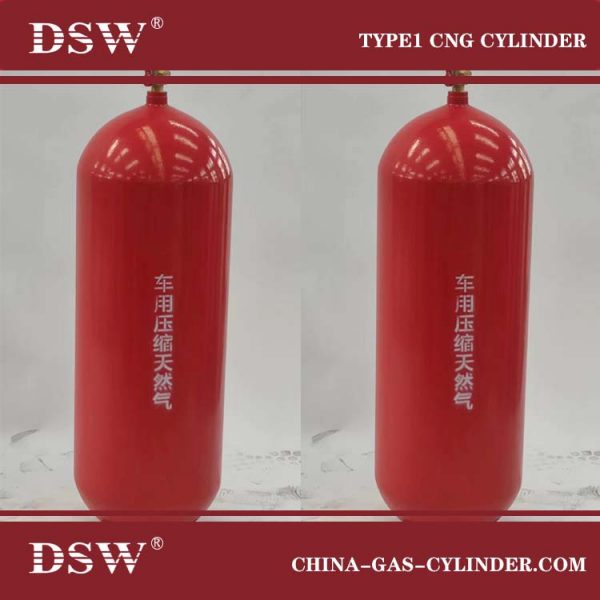
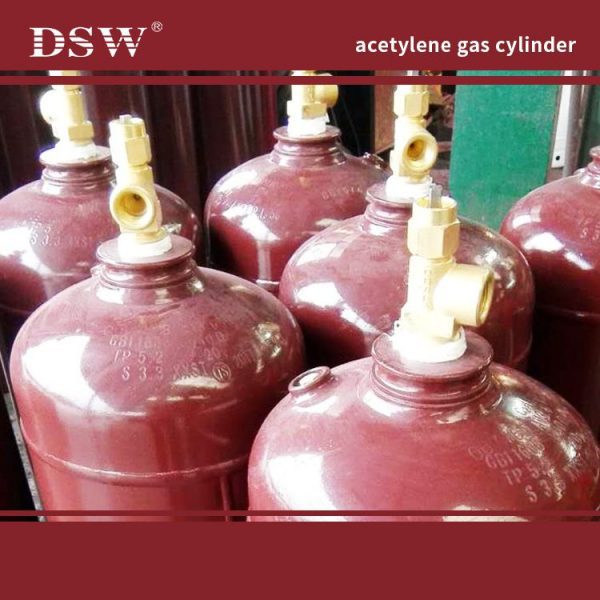

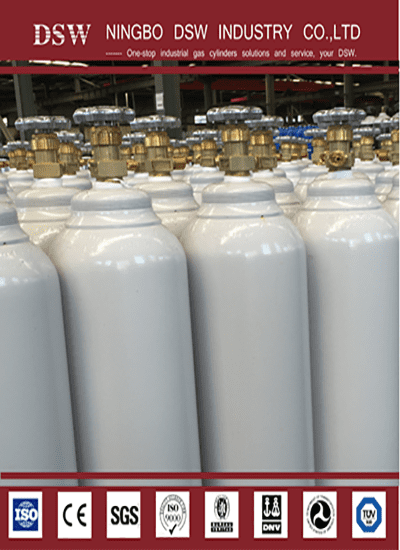

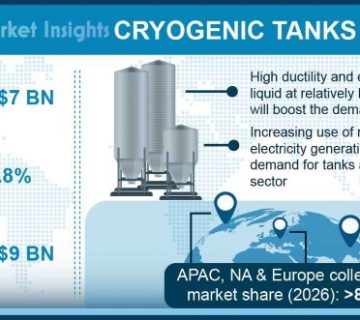
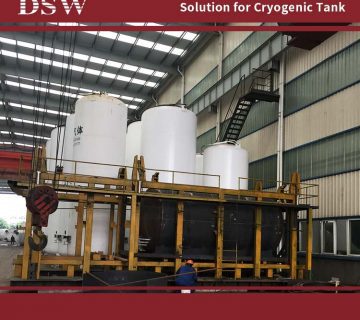
No comment